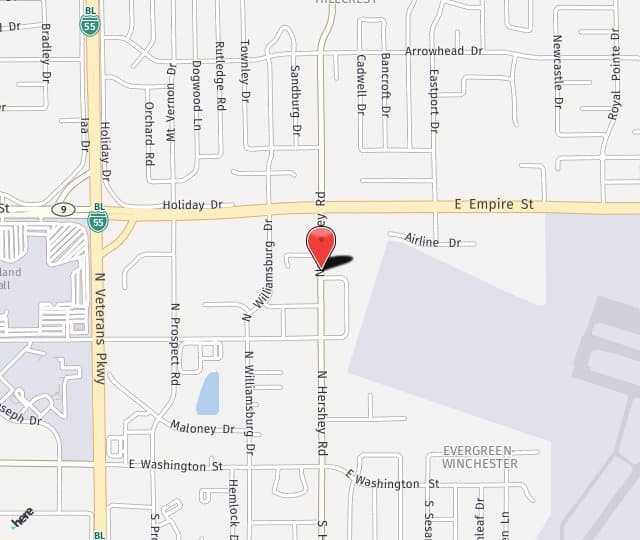
What is Tummy Tuck Surgery?
Abdominoplasty, tummy tuck surgery, is a procedure that contours the midsection by tightening the abdominal muscles and trimming skin that has become loose and saggy. A more comprehensive form of abdominoplasty can repair diastasis recti, the separation of the abdominal muscles that often happens during pregnancy. A tummy tuck can restore flat, tight contours to the lower abdominal area or to the entire midsection from the ribcage to the hip bones. Each procedure is customized to the patient’s needs.
Points You Should Know About Tummy Tuck Surgery
Who is a Candidate for Abdominoplasty?
Adults who are in good general health and do not smoke are usually good candidates for a tummy tuck. If you smoke, your surgeon will advise you to quit several weeks before the procedure (so why not do that now?). The abdominoplasty procedure does not remove much excess abdominal fat, so patients should be at a weight that they are happy with and should have maintained that weight for at least six months before scheduling their surgery. Women are generally advised to have their tummy tuck only after they are finished having children. In this way, there is very little risk to their cosmetic results.
Tummy Tuck Recovery
One of the primary concerns that tummy tuck patients have before surgery is that their recovery will be very painful. This is rarely the case. Patients can expect mild to moderate discomfort in the form of soreness, tightness, and tenderness as their abdominal tissues heal. These postoperative sensations are usually managed quite well with prescription painkillers. On that note, one of the most beneficial things you can do after abdominoplasty is to take your medication strictly as directed. Don’t wait to see if pain becomes “bad enough.” Doing so may cause you to have to try to catch up with discomfort rather than prevent it. Patients often expect their recovery to be painful because they have heard that they cannot stand upright for a couple of weeks after surgery. This, however, is due to muscle tightness, not pain.
Activity Level after Abdominoplasty
After a tummy tuck, it is necessary to take a full two weeks off. This allows tissues plenty of rest and recuperation. During this time, you may walk; short distances at first and then gradually longer walks. None of them should be strenuous. It is important to keep your activity level to a minimum at which your heart rate does not increase much. An increase in heart rate stimulates more intense circulation and higher blood pressure, which could exacerbate swelling. Absolutely no driving until you are no longer taking prescription painkillers. Your surgeon may clear you for other activities starting three to four weeks after surgery. The majority of your normal activities may resume six to eight weeks post-op.
Cosmetic Results
Abdominoplasty is a satisfying procedure that can give a patient the hourglass shape they used to have. It can help reveal that six-pack or those washboard abs you’ve worked hard for in the gym. While some of the effects of your tummy tuck are immediately noticeable, it can take several months for the swelling to resolve completely and for your skin and tissue to settle into their final shape. Once the outcome of surgery is achieved, we expect it to remain for many years. It is uncommon for abdominal fat and laxity to recur to such an extent that further surgery is needed.
Are you ready to begin your abdominoplasty experience? Contact our Bloomington office at (309) 664-1007 to schedule your consultation with Dr. Tattini.

